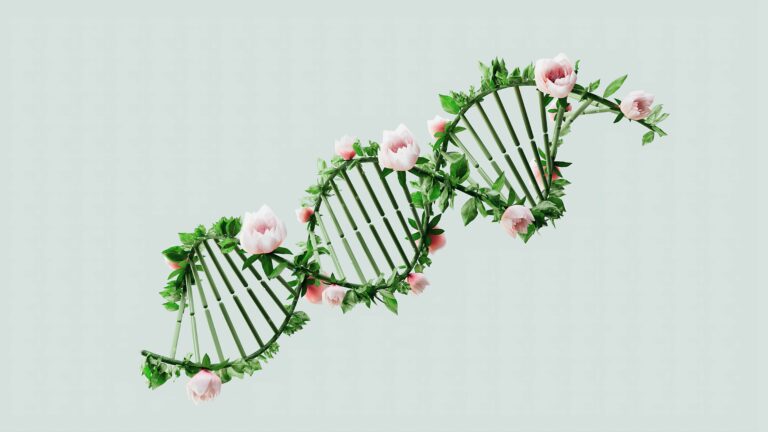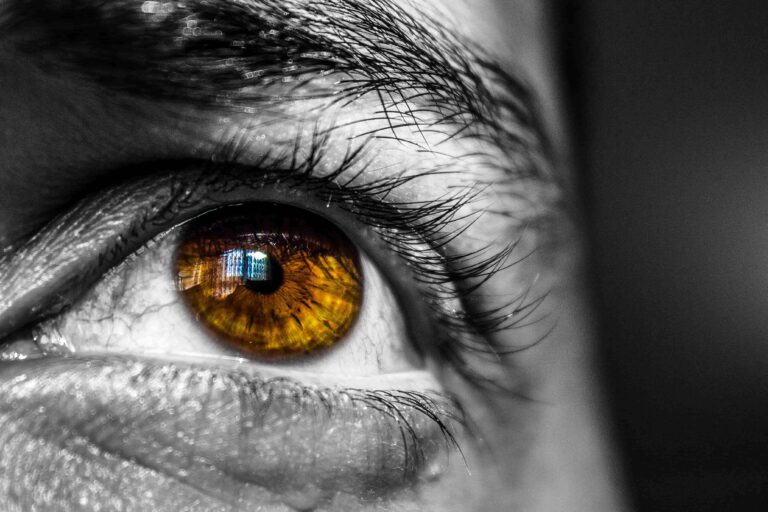Secrets to Living Over 100 Years Uncovered
Researchers in Boston, Massachusetts have succeeded in converting placental stem cells from blood of centenarians. This effort is to provide these cells to other investigators to uncover what leads to long and healthy live. There are already some initial drives giving ideas about how the brain of a human ages.
Currently, there is a limited number of people that reach the age of hundred and these individuals are ideal for research on aging. It is usually surprising to learn how fast these people get over sickness and heal from injuries. The case of a Spanish flu survivor and this week’s double Covid survivor centenarian are narrated stem-cell biologist George Murphy at Boston University Chobanian & Avedisian School of Medicine. According to one theory, perhaps their genes shield them from diseases in the same way the darkness foreboded evil.
However, to learn this theory, it is not easy since very few people will ever live to these ages. For this reason, blood and skin samples of centenarians are considered as a true treasure for researchers. Following this, Murphy and his team developed a range of centenarian cells that can be used universally by all the researchers.
Chiara Herzog, an epigenetics and aging researcher at King’s College London, says that the cell bank is ‘really exciting’. Vadim Gladyshev, a professor in endocrinology at Harvard Medical School, also concurs, describing it as a “very useful database for the field.”
Finding Centenarians
Murphy teamed up with Tom Perls, a gerontologist attending the Chobanian & Avedisian School of Medicine who directs the New England Centenarian Study. The authors used US voter-registration lists, articles and localities involving individuals aged 100 years or older, and long-term-care facilities. Some of the participants wanted to input as they felt they had a special something that set them apart.
The research is already paying off: the registered subject areas are as follows. Murphy’s team has successfully derive neurons from these centenarian stem cells. It is quite symptomatic of aging that errors occur in protein synthesis and that they are dysregulated in causing disease. First results show that neurons derived from centenarians had a lower basal activity but where able to react faster to stress stimuli and efficiently carry out quality control measures.
One group developed actual 3D of Alzheimer’s disease brain models that employed cells obtained from centenarian brains and contrasted them with models from brains of people in their 60s. The first researches prove that the genes which prevent the development of Alzheimer’s disease are actively implemented in the cells of the brain of a centenarian, stated Doo Yeon Kim, a participant of the Harvard Medical School researches in neurology.
Scientists would like to use these cells to generate any other cell types that are related to aging including the liver, muscle, gut or even small organs. This work could help enshrine further what forms a part of a long and healthy life.For more insights into aging and longevity, check out our articles on the surprising role of cats in human aging and unlocking the secrets of aging and cognitive health.
Additionally, explore our coverage on revolutionary treatments for corneal blindness and the genetic secrets of one of the world’s oldest trees.






